Curating a garden, be it indoor or outdoor, is an art form in itself. The world is full of many flower types, and choosing the right ones to suit your space takes a bit of research. If you’re looking to add some color and variety to your garden, purple flowers are definitely worth considering.
Purple is associated with royalty and elegance, so bringing its regal presence into your garden can be a great way to make it feel special. Whether you’re looking for purple perennials, annual flowers, or a shrub – there are plenty of options! Let’s take a look at some of these beautiful flowers:
African Violet
The genus Saintpaulia, more commonly known as the African Violet, is an excellent choice for those looking for an indoor flowering plant. It’s easy to grow, is low maintenance, and comes in a wide range of vibrant purple shades. African Violets are perennial, so you can enjoy their velvety leaves and small, violet-colored flowers year after year. These pretty flowers prefer bright, indirect light and consistently moist soil.
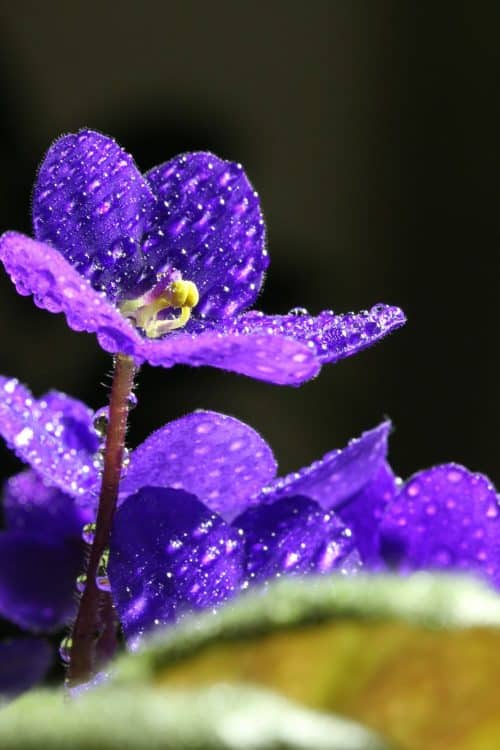
Anemone
This herbaceous perennial is often found in the wild but can also be grown in home gardens. Anemone offers dainty, daisy-like flowers with colorful centers in shades of purple, blue, and white. It’s a hands-off plant that thrives in cool temperatures, as it is often found in the shade or under trees, and will bloom in early spring.
Balloon Flower
The Platycodon grandiflorus, more commonly known as the balloon flower, is a long-blooming flowering plant. This stunning bloom has unique, balloon-shaped buds that open up into star-shaped flowers. Balloon flowers come in shades ranging from light lavender to deep purples and are adored by gardeners for their beauty and longevity. Balloon flowers are hardy and require very little maintenance – they do best when planted in moist, well-draining soil and in a sunny spot.
Calla Lily
A false lily, the calla lily is a stunning flower with a unique shape and color. Calla Lillies are known for their gorgeous purple hue and distinctive white-and-purple striped petals. The funnel-shaped blooms look great in a flower arrangement or potted amongst other purple flowers on this list. Expect your calla lilies to bloom in early summer and last into fall – just remember to keep the soil moist and give them plenty of sunlight.
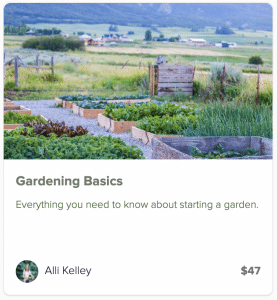
Looking for more in-depth chicken-keeping information? Take my course, Gardening 101!
My exclusive Gardening 101 course guides you through each step, from starting seeds to harvest. This course will teach you everything you’ll need to know about planning and growing your own garden.
Chinese Wisteria
The Chinese wisteria is a climbing vine that boasts beautiful cascading flowers. These pretty, purple perennial flowers are a native species of both China and Japan. With its long purple blooms and deep colors, the Chinese wisteria is perfect for gardeners looking to add a bit of drama and beauty to their outdoor space. It’s also relatively low maintenance, but ensure to prune it back after it blooms and water regularly for the best results.
Echinacea
Also known as the purple coneflower (or the scientific name echinacea purpurea), echinacea is an easy-to-grow perennial. Its bright, distinctive flowers come in various shades and attract butterflies and other pollinators. Echinacea is known for its medicinal properties, so it’s a great way to add some beauty and practicality to your garden. Echinaceas thrive best in full sun but can tolerate some shade as well – they are also drought-tolerant and become dormant in the winter. Be sure to plant them in well-draining soil, water regularly, and fertilize once in the spring for a beautiful bloom each summer.

Geraldton Waxflower
The Geraldton waxflower is a small, evergreen shrub with fragrant flowers ranging from light to dark purple. The Geraldton waxflower is ideal for those who live in cooler climates or experience cool winters, as this evergreen shrub can survive very low temperatures. Plant in moist soil with full sun exposure – but other than this, these low-maintenance, purple beauties require little to no attention.
Hydrangea
No list of purple plants would be complete without the iconic hydrangea! Hydrangeas are known for their stunning round clusters of purple, pink, or blue petals. They thrive in full sun with afternoon part-shade and require moist soil for optimal growth. Be sure to prune your hydrangeas back each spring for the best bloom throughout late spring and summer! Depending on the variety, some are best kept as indoor potted plants, while others can be planted directly into the garden.
Iris
The iris is a classic garden flower offering many beautiful purple hues. It’s hardy, low maintenance, and offers stunning blooms each year. Irises prefer moist, well-drained soil and full sun or partial shade, so be sure to water regularly and give plenty of sunlight. One great thing about the iris is that you can divide the bulbs every few years for a larger, more beautiful bloom each time.
Lavender
The quintessential purple flower, lavender, is an especially popular choice. With its unique scent, attractive shape, and many uses – it’s no wonder why so many people love it. Lavender plants are also known for being easy to care for and can be grown in most climate zones. You can grow lavender both indoors and outdoors, but be sure to plant it in draining soil with plenty of sunlight. It’s a great option if you’re looking for something that will come back year after year with minimal effort on your part.
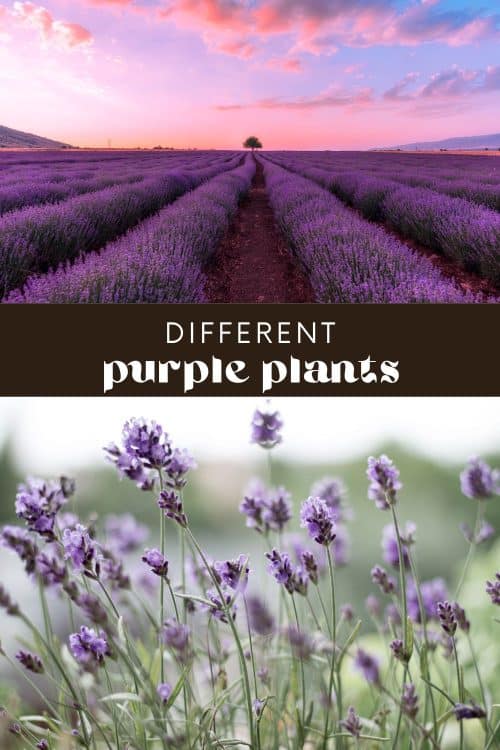
Lilacs
It’s hard to think about purple flowers without thinking about lilacs. This flowering shrub is incredibly fragrant and comes in shades of lavender, pink, white, and even deep purple. They are a good choice for any garden because they attract a host of critters, such as bees, butterflies, and hummingbirds – while providing beautiful blooms all summer. These purple perennials can grow to be quite large, so make sure to give them plenty of space for their roots. They like well-draining soil and should be planted in full sun for best results.
Meadow Sage
Meadow sage, scientific name Salvia pratensis, is an easy-to-maintain perennial plant with striking purple-blue flowers. The flower heads on meadow sage grow in long spikes, adding wonderful depth and height to your garden. It can grow up to two feet tall and loves full sun, making it a great addition to any sunny part of your garden.

Looking for more in-depth chicken-keeping information? Take my course, Gardening 101!
My exclusive Gardening 101 course guides you through each step, from starting seeds to harvest. This course will teach you everything you’ll need to know about planning and growing your own garden.
Monkshood
More commonly known as wolf’s bane – monkshood is a tall, flowering perennial with purple flowers that are arranged in hood-shaped clusters. This plant does best in the northern hemisphere, where it is tolerant of cold temperatures and can survive a light frost. We must note, though, that monkshood is poisonous and must be handled with care. It requires moist soil in a partially shaded area, but it is worth considering if these beautiful blooms are worth the risk!
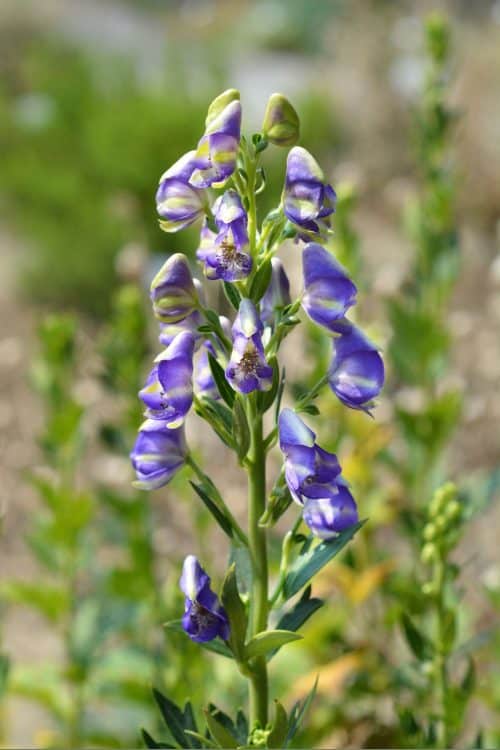
Moonflower
The Moonflower is an annual, night-blooming vine with fragrant white flowers that open in the evening. But it’s not just about the smell – its large blooms come in shades of purple and are a stunning ornamental plant. You can get away with planting moonflowers in almost any type of soil, so long as it is well-drained. Moonflowers are a type of morning glory and work well as an annual in cooler climates or as a perennial in areas where it doesn’t get too cold.
Morning Glory
With trumpet-shaped blooms and a twining, vigorous growth habit – the morning glory is a popular choice for gardeners. The bloom colors of these beautiful flowers range from dark purples to vibrant violets, so you can find something that will fit in perfectly with your outdoor space. Morning glories are annuals that prefer full sun and moist soil – they make a great addition to trellises, fences, or even walls – so be sure to provide plenty of support for these climbers.
Petunia
Petunias grow lovely trumpet-shaped blooms in various vibrant shades – including pretty purples. They’re one of the most popular flowers in the world and are known for being low-maintenance and incredibly easy to grow. Petunias bloom from mid-spring to late summer and look fabulous in hanging baskets. Place somewhere that gets plenty of sunlight, and ensure the soil can drain well.
Purple Basil
For the herb gardeners out there – why not add some purple basil to your collection? Purple basil offers a beautiful, unique flavor that makes it perfect for adding a bit of fun to salads and sauces. It prefers hot weather and plenty of sunlight but can also be grown indoors in containers. To help encourage growth and keep the leaves lush, water regularly and occasionally fertilize if planted outside.
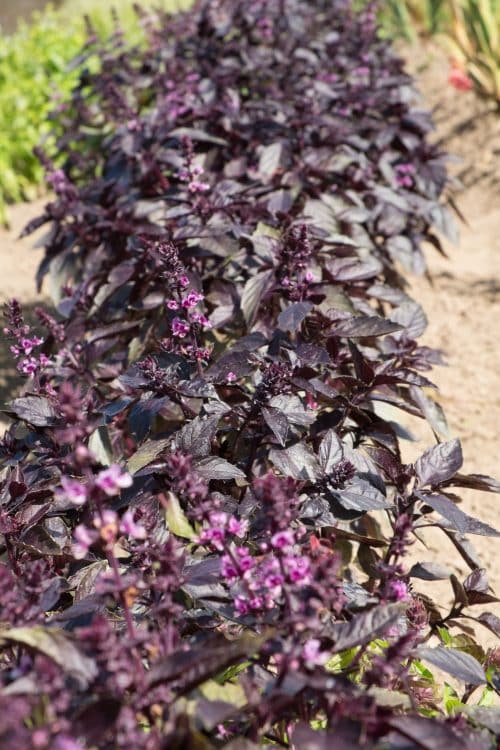
Purple Dendrobium Orchid
Purple dendrobium orchids are a fantastic option for those who really want something special! These exotic blooms come in many shades of purple (and other colors!) and symbolize love and luxury. Orchids are best planted in a pot that gives roots plenty of room to spread, and they prefer bright, indirect light and slightly moist soil. The purple dendrobium orchid is an incredibly unique choice – its tall stems boast delicate blooms in a stunning array of purples, pinks, and whites for an extraordinary touch to your indoor garden.
Purple Heart
The purple heart, or purple secretia, is an ideal choice for those looking to add a touch of whimsy and color to their indoor garden. The plant features trailing stems with small, deep purple leaves that will brighten up any space. Their blooms aren’t particularly showy, but they add a lovely accent to the foliage – offering some pretty purple and pink flowers. Purple heart’s are fast growers, so you’ll be sure to see results in no time! They like a lot of sunlight but grow perfectly well in partial shade so long as the soil is nice and moist.
Purple Pansies
For something cheery and bright, consider adding purple pansy flowers, also known as voila, to your garden! These petite (but mighty!) flowers are perfect for borders or edging along pathways – adding a cheerful touch wherever they go! They prefer cooler temperatures and part shade, making them ideal candidates if your yard gets more indirect sunlight throughout the day. Purple pansies will brighten up any garden with their sweet, showy blooms.
Purple Passion Flower
A truly unique perennial originating from both north and south America, the purple passion flower would be a great addition to your garden. The flowers themselves feature star-shaped petals with intricate details and have long stems that can reach up to 8 inches long. They prefer full sun, with some afternoon shade and well-drained humus substrate. The purple passion flower is also known for attracting hummingbirds, so you’ll have added entertainment too!

Looking for more in-depth chicken-keeping information? Take my course, Gardening 101!
My exclusive Gardening 101 course guides you through each step, from starting seeds to harvest. This course will teach you everything you’ll need to know about planning and growing your own garden.
Purple Roses
We all know and love the classic red rose, but how about a purple rose? Purple roses are a little rarer than their red counterparts, but they’re just as beautiful. Their deep purple hue adds a dramatic touch to any garden, and the good news is they require little attention. You would treat purple roses as you would any other rose bush – provide them with plenty of sunlight and water and fertilize them after blooming for stunning purple roses all summer long.
Sweet Pea
The delicate sweet pea is a climbing vine with beautiful, fragrant blooms. It’s a fantastic choice for gardeners looking to add an intoxicating smell and some vibrant purple color to their space. Sweet peas are perennial and grow best in full sun or partial shade. If you have a trellis or fence available, be sure to use it – the flowers will climb up and drape over for a stunning display. They need regular watering, so make sure you’re keeping them well-hydrated to get the best blooms.
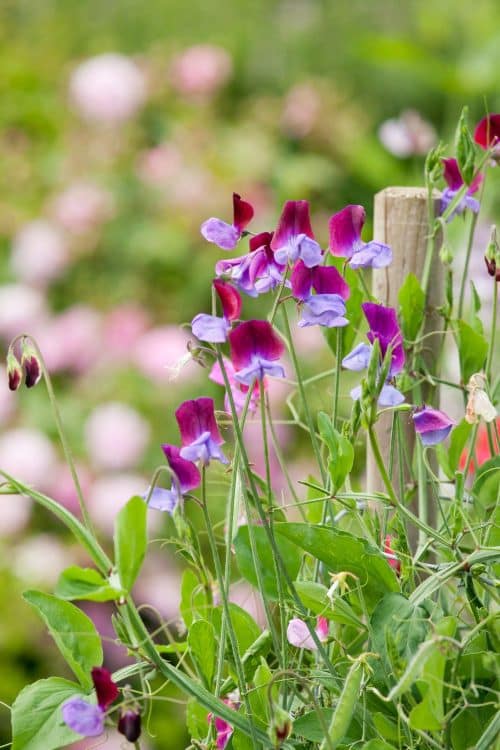
Verbena
Verbena is another attractive choice when it comes to selecting purple flowers for your garden. It prefers full sun but can tolerate partial shade and drought-like conditions – making this flower ideal for those who don’t have time to water their plants every day. Verbena offers pretty but small blooms and can grow as tall as 6 feet, depending on the variety. Plant several together in clusters or combine them with other colors like yellow and pink for a beautiful mix of hues!
Purple flowers are always a great way to add color and beauty to any space – whether it be an outdoor garden or an indoor floral arrangement. From the classic lavender to the more exotic orchid, there are plenty of excellent options out there.
So if you’re looking for something unique and eye-catching, then consider adding some beautiful purple flowers to your garden! With proper care, you’ll have wonderful every year and a wonderful sense of pride for creating something so special.
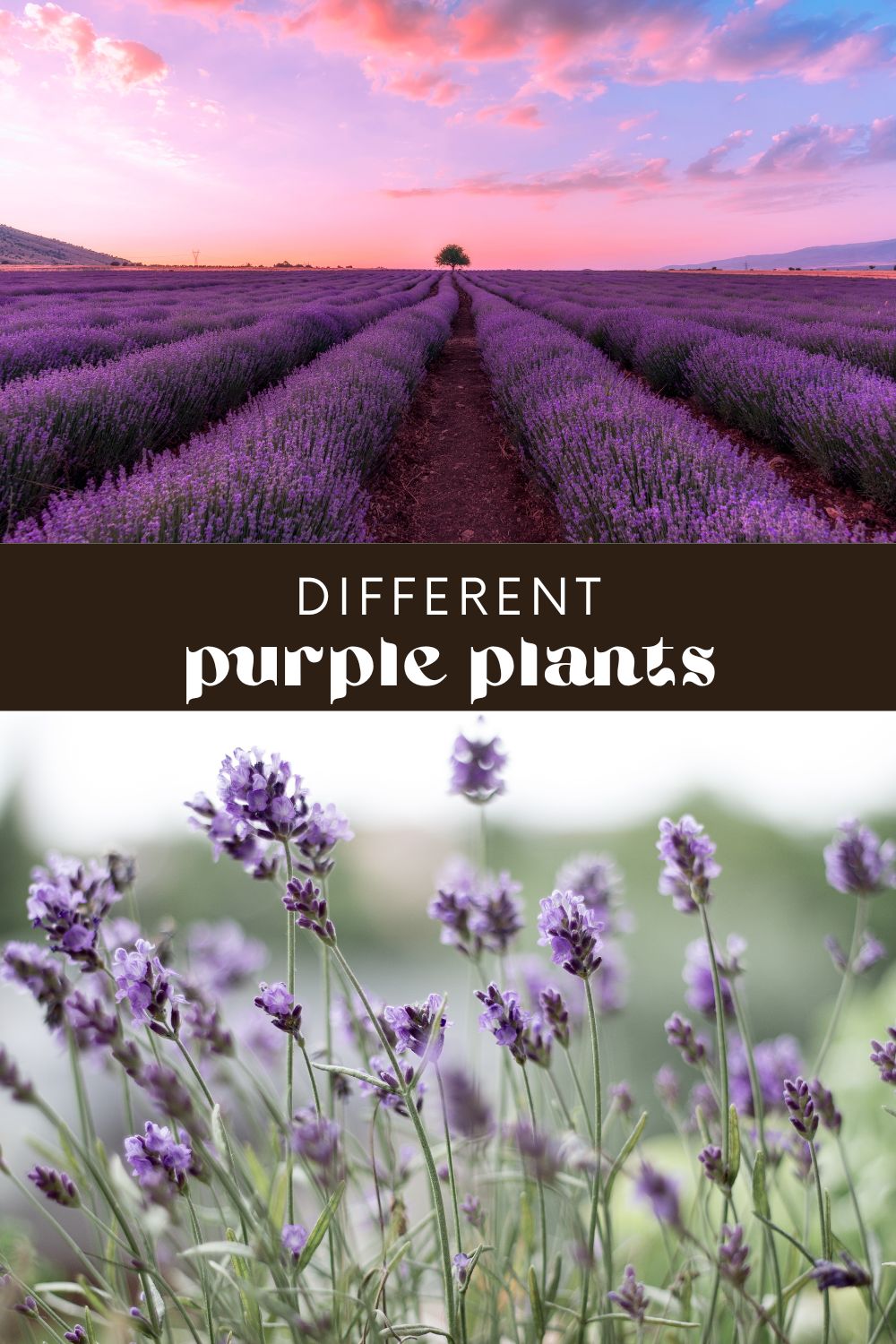
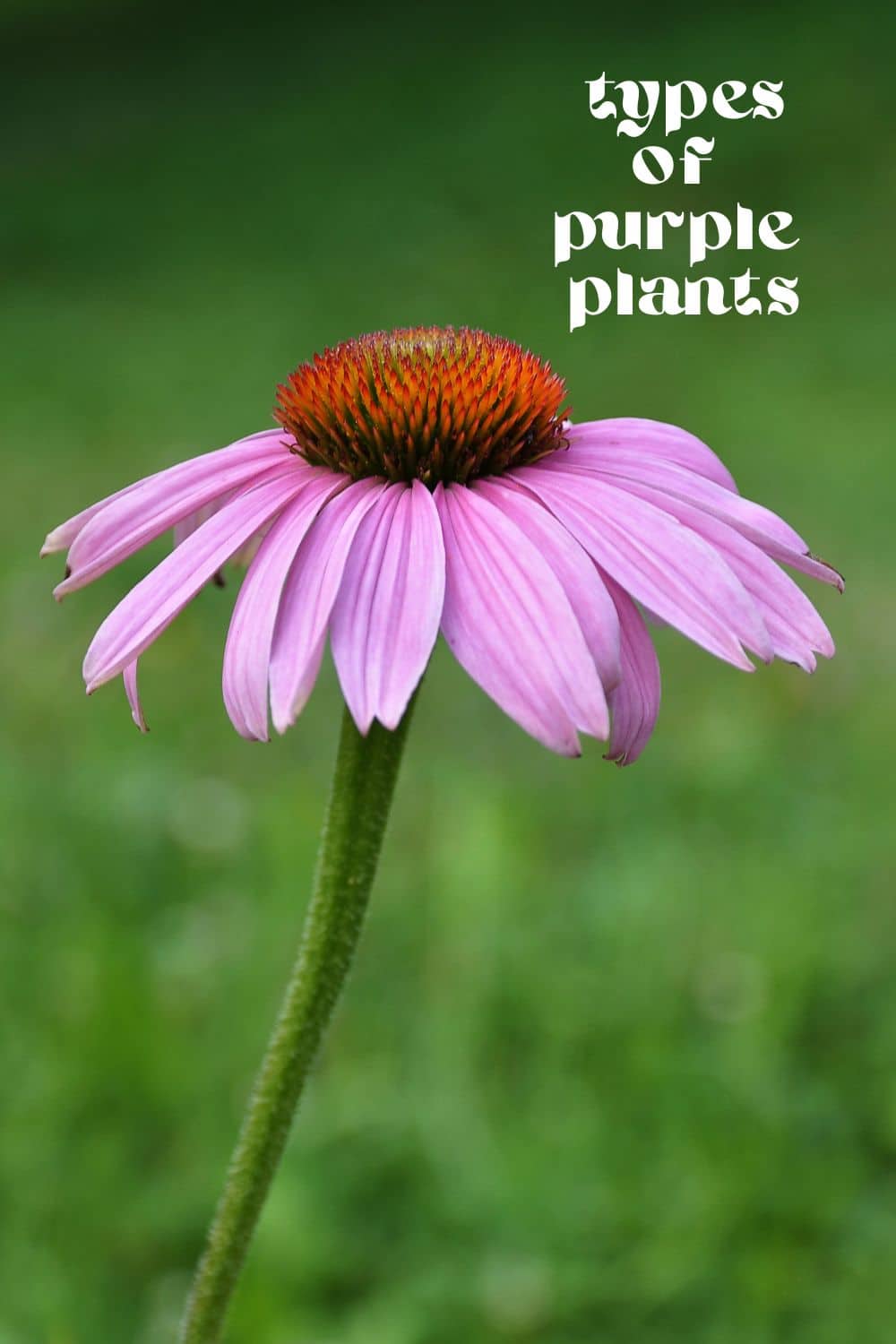
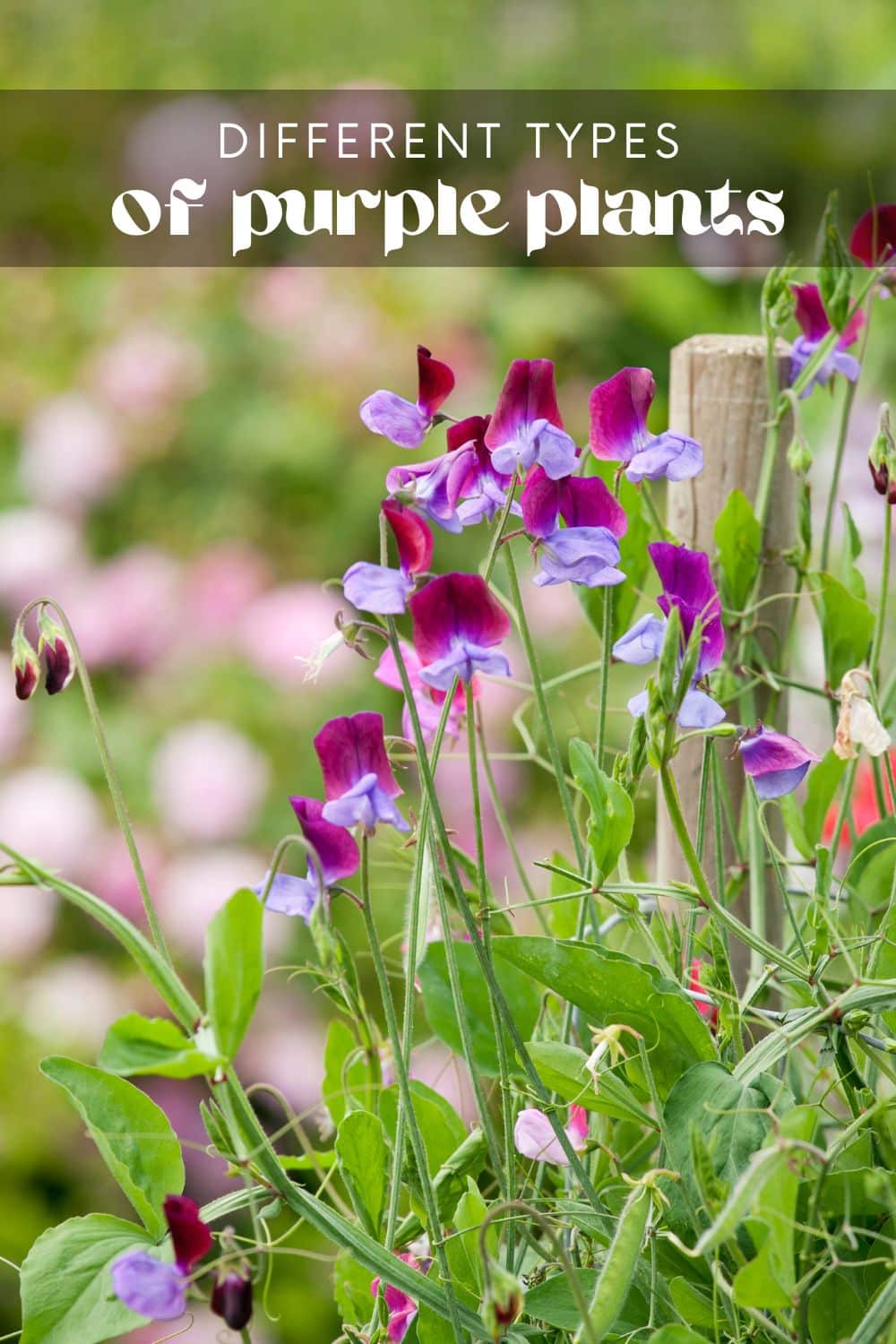
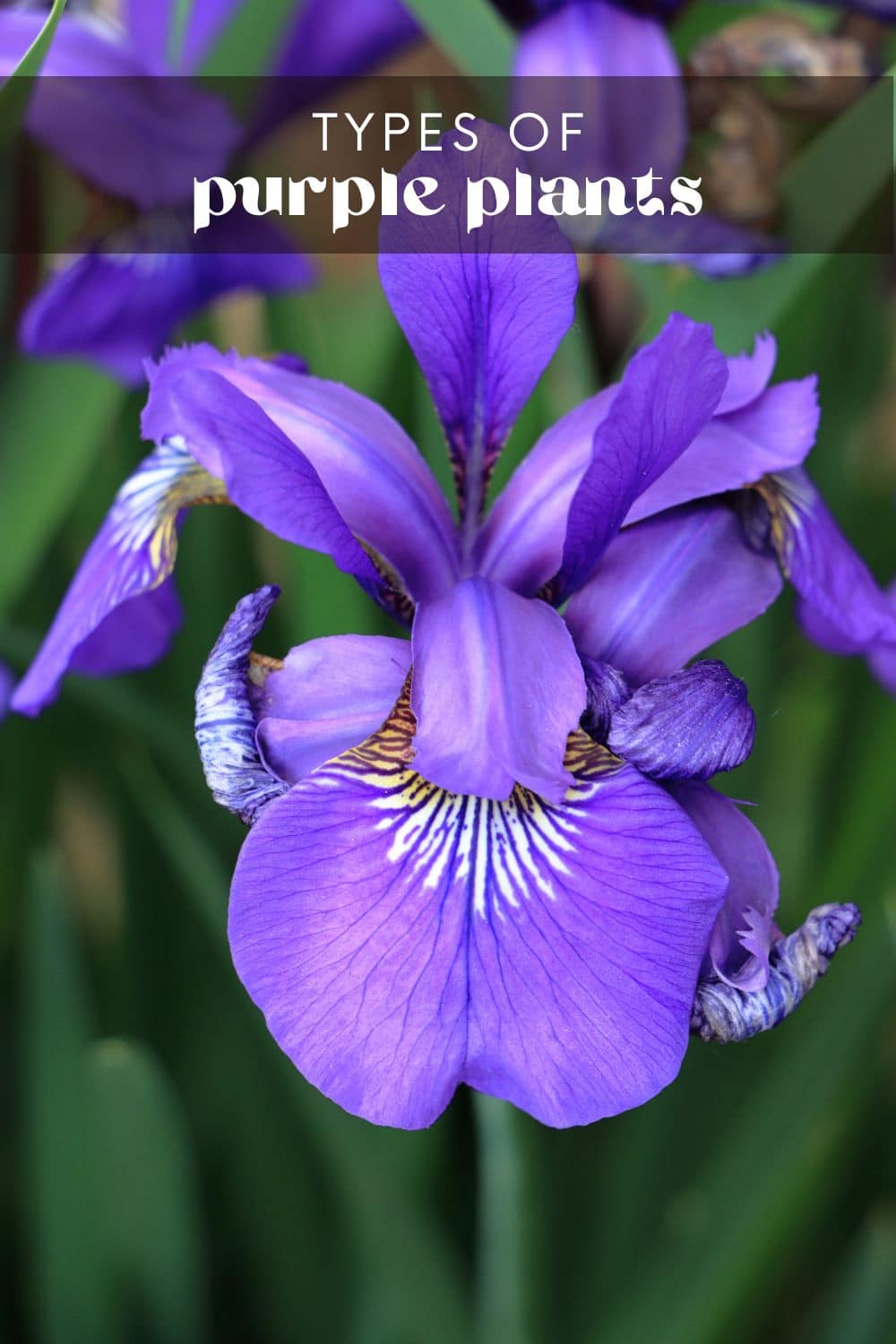





[…] are known for their beautiful, fragrant purple flowers that signal the arrival of spring. But only established plants will produce lilac blooms. It […]